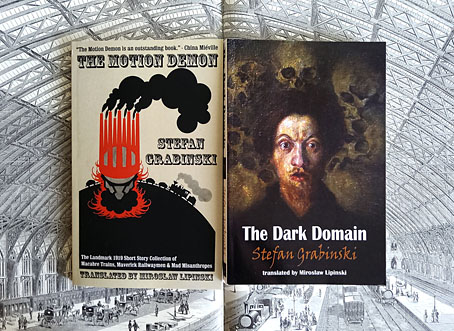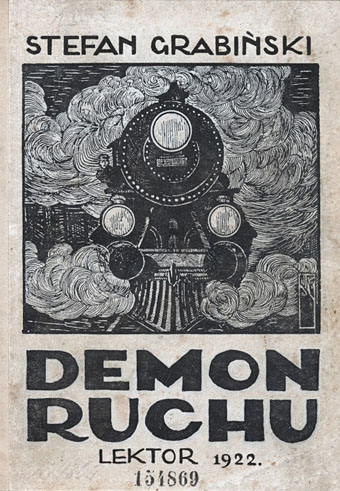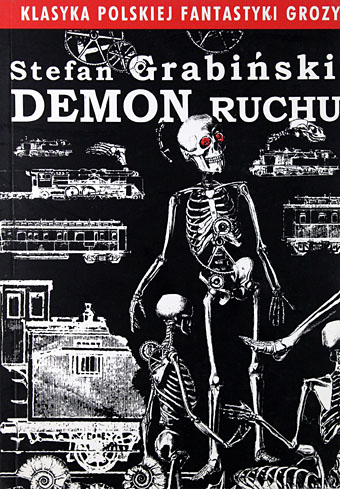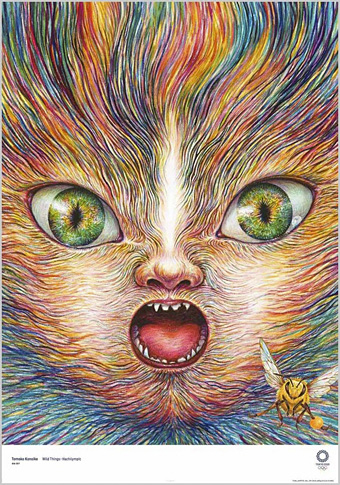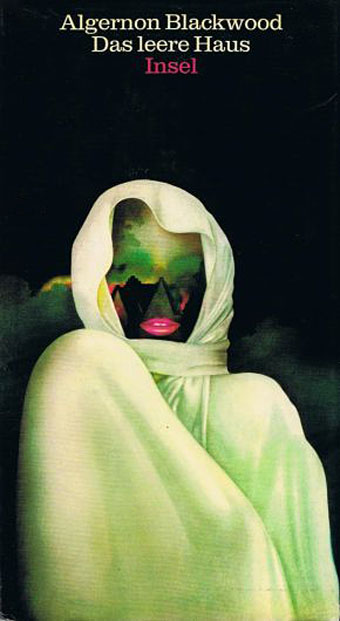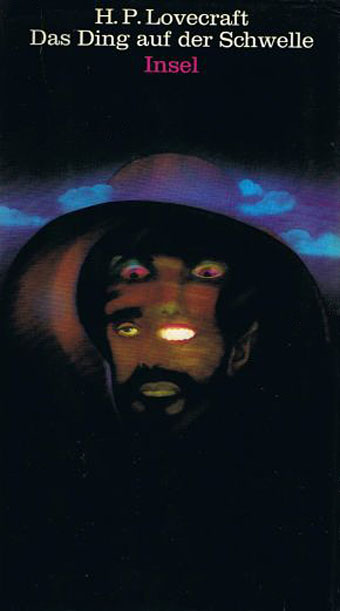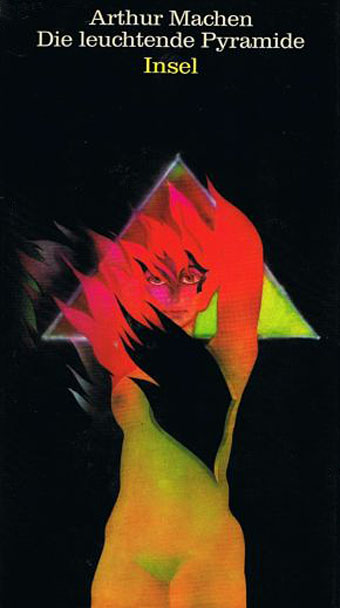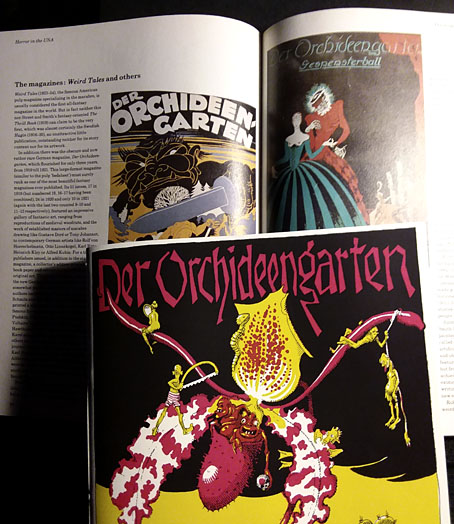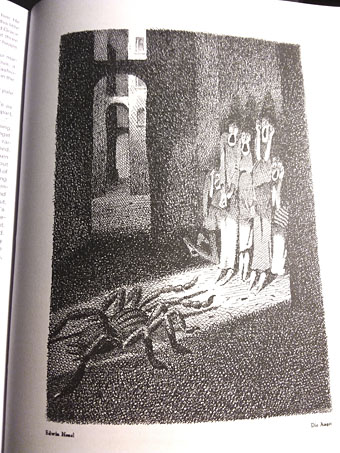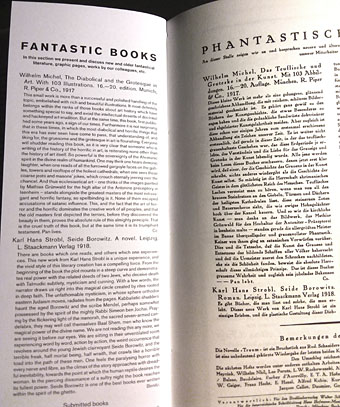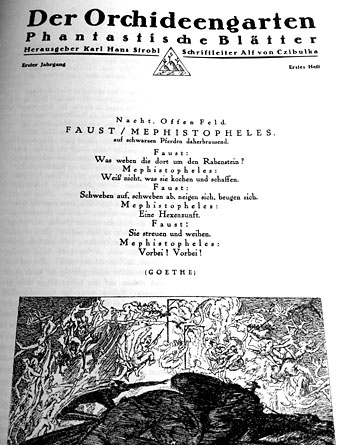
Via the latest mailing from Side Real Press, news that the world’s first magazine devoted to fantastic art and literature, Der Orchideengarten (1919–1921), is being translated into English. This isn’t the first time the magazine’s contents have been translated—Zagava printed a facsimile edition of the first issue in 2017 that included translated inserts by Helen Grant—but the latest efforts by Joe E. Bandel are going beyond the first issue with the intention of translating the entire run. Each issue will be available for purchase at Lulu.
It’s been a pleasure watching Der Orchideengarten creep out of the shadows over the past few years. When Will at A Journey Round My Skull posted interior illustrations from back issues of the magazine in 2009 the title was barely mentioned outside German genre histories or the tantalising feature in Franz Rottensteiner’s The Fantasy Book (1978). Since then, the entire run of the magazine has been made available for free by the University of Heidelberg’s invaluable scanning programme, after which we had the Zagava facsimile. If the new translations are successful then the next stage may be the publication of an introductory collection that gathers the best work from the magazine.
Previously on { feuilleton }
• An unseasonable bloom
• Covers for Der Orchideengarten
• Der Orchideengarten illustrated
• Der Orchideengarten

